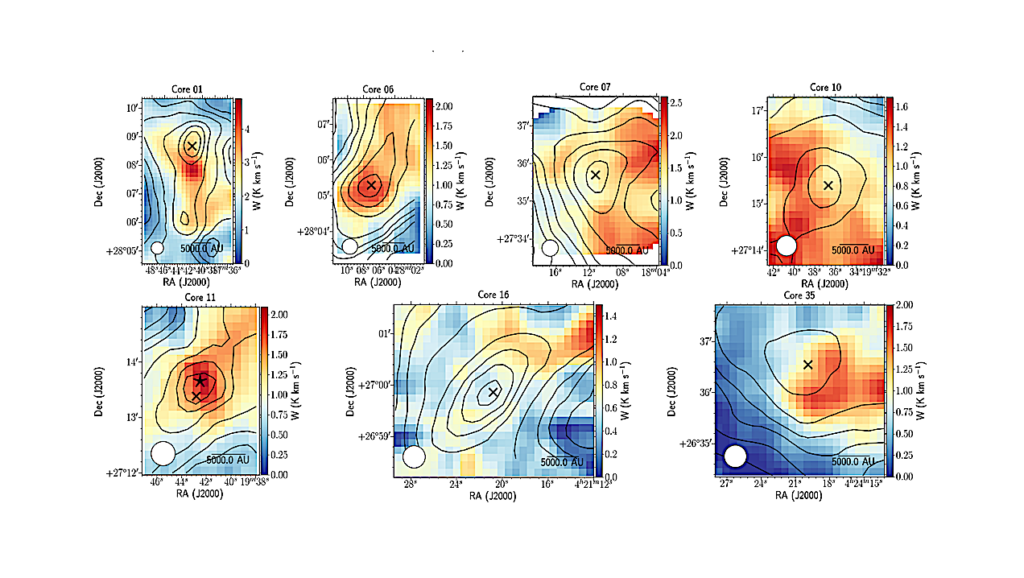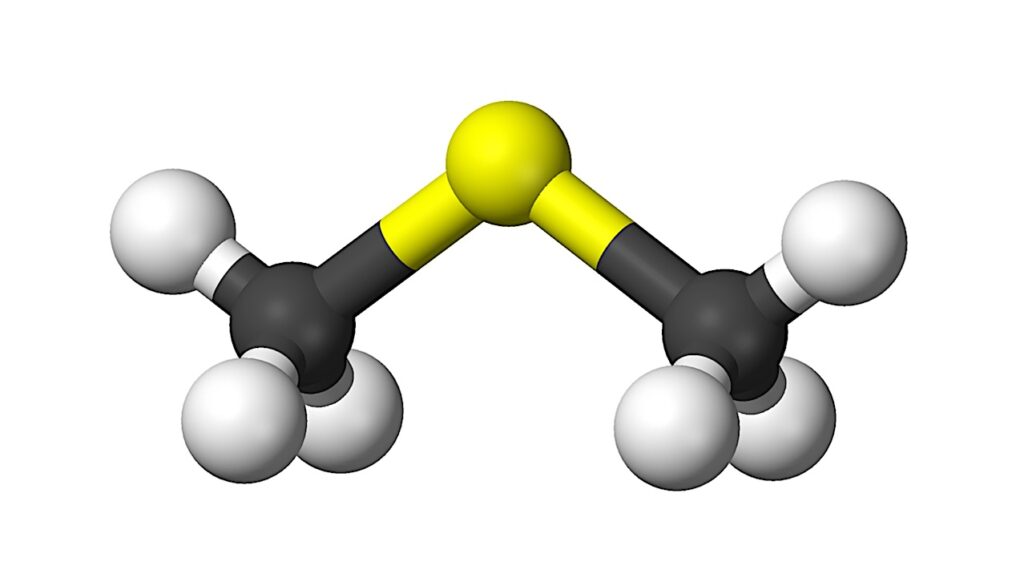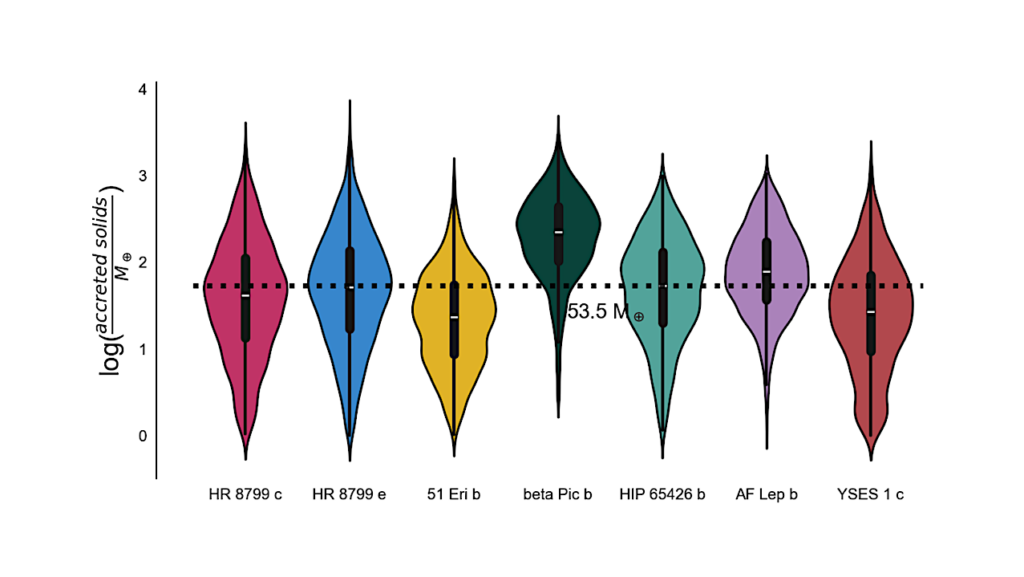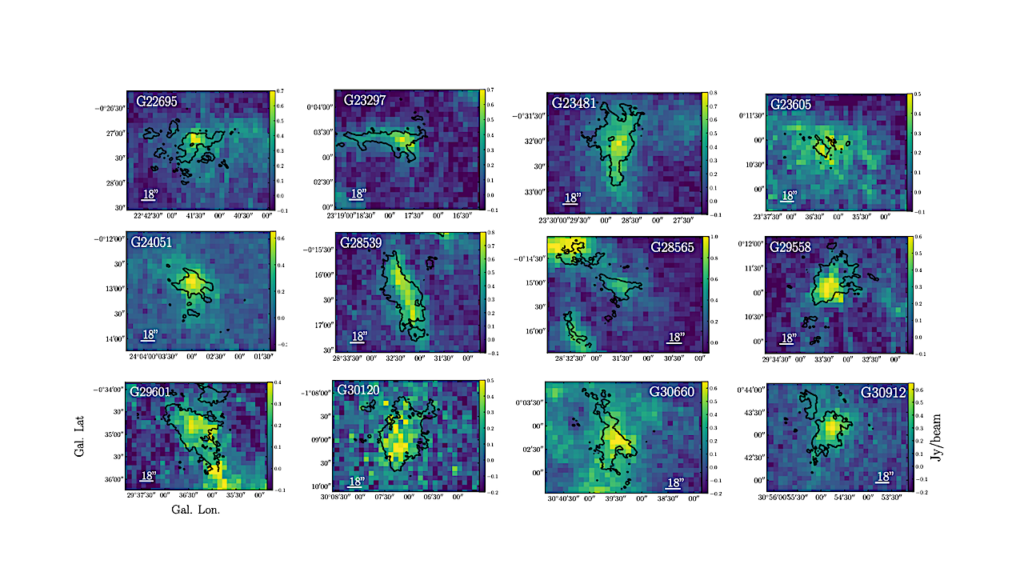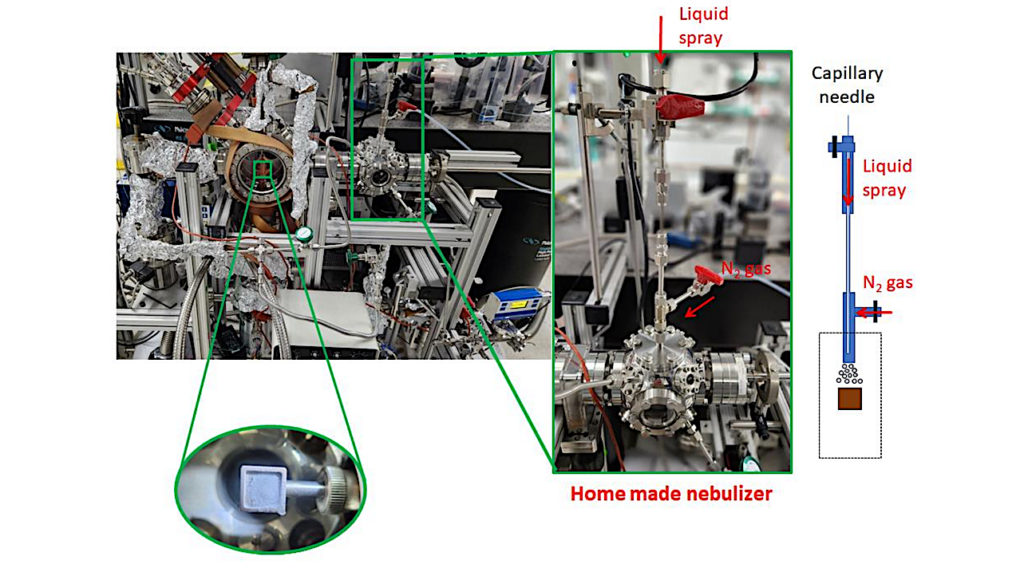Volatile Delivery to Planets from Water-rich Planetesimals around Low Mass Stars

Most models of volatile delivery to accreting terrestrial planets assume that the carriers for water are similar in water content to the carbonaceous chondrites in our Solar System.
chondrites have lost some of their original water due to heating from short-lived radioisotopes that drove parent body alteration. Using N-body simulations, we explore how planetary accretion would be different if bodies beyond the water line contained a water mass fraction consistent with chemical equilibrium calculations, and more similar to comets, as opposed to the more traditional water-depleted values.
We apply this model to consider planet formation around stars of different masses and identify trends in the properties of Habitable Zone planets and planetary system architecture which could be tested by ongoing exoplanet census data collection. Comparison of such data with the model predicted trends will serve to evaluate how well the N-body simulations and the initial conditions used in studies of planetary accretion can be used to understand this stage of planet formation.
Fred J. Ciesla, Gijs D. Mulders, Ilaria Pascucci, Daniel Apai (Submitted on 26 Feb 2015)
Comments: Accepted to ApJ
Subjects: Earth and Planetary Astrophysics (astro-ph.EP)
Cite as: arXiv:1502.07412 [astro-ph.EP] (or arXiv:1502.07412v1 [astro-ph.EP] for this version)
Submission history From: Fred Ciesla [v1] Thu, 26 Feb 2015 01:50:37 GMT (292kb) http://arxiv.org/abs/1502.07412


